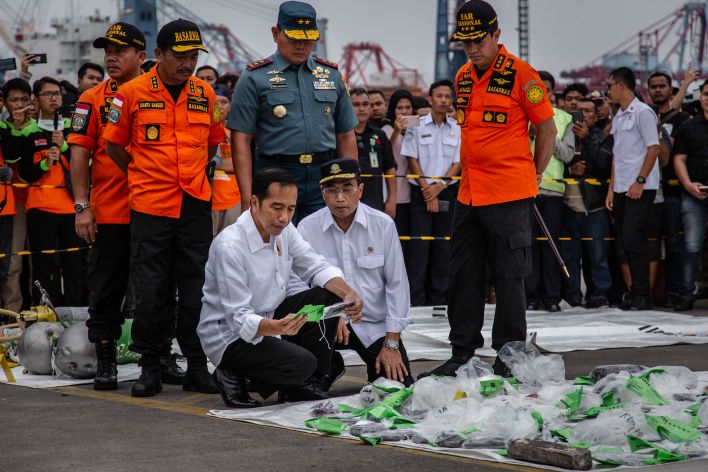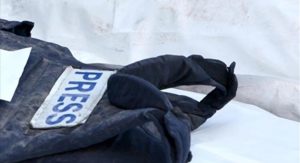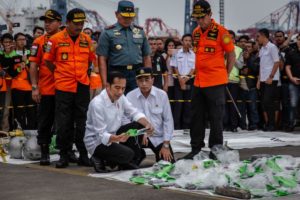Jakarta, MINA — Indonesia’s transport ministry said Friday it had found “minor” faults in two other Boeing 737-MAX 8 jets, including a cockpit indicator display problem which an analyst said may be similar to one reported in the crashed Lion Air Jet, SBS News reported.
The ministry is inspecting 10 of the newly released jets owned by Lion and flagship carrier Garuda, as authorities analyse data from a recovered black box that may help explain why flight JT 610 plummeted into the Java Sea, killing 189 people on Monday.
Few details were released, but the ministry said it had looked over half a dozen jets so far and discovered that one had a problem linked to its cockpit display while another had a glitch in a jet stabilisation system.
Also Read: Taiwan Seizes One Ton of Indonesian Snack Over Excessive Preservatives
Both Lion-owned planes required new components, it said.
Aviation analyst Dudi Sudibyo said the cockpit display issue could include a speed-and-altitude glitch reported in the doomed jet.
“With airplanes, even if there is a single, tiny fault it should not fly,” he added.
Stephen Wright, an aviation expert at the University of Leeds, told AFP that the faults identified by the transport ministry were “very minor.”
Also Read: Indonesia to Host 2025 Santri Film Festival Celebrating Islamic and Cultural Creativity
He added that any problems with the new jet’s pitot-static system – which determines speed and altitude among other measurements – will be key to the probe.
The inspection comes as questions swirl about why a plane that had gone into service just months ago crashed into the sea minutes after takeoff.
The single-aisle jet, en route from Jakarta to Pangkal Pinang city, is one of the world’s newest and most advanced commercial passenger planes.
Budget carrier Lion Air’s admission that the doomed jet had a technical issue on a previous flight – as well its abrupt fatal dive – have raised questions about whether it had mechanical faults specific to the new model.
Also Read: Jakarta Considers Adjusting Transjakarta Bus Fares amid Rising Subsidy Burden
Indonesia’s National Transportation Safety Committee said it was interviewing people who flew on the plane the day before the fatal crash.
Some have reported a frightening, erratic trip, an assertion that appears to be backed up by flight tracking data.
Totally destroyed
Also Read: Hamas Reaffirms Commitment to Returning Bodies of Israeli Soldiers
Earlier Friday, seats, wheels and other parts of the crashed jet were hauled from the depths off Indonesia’s north coast as search teams scoured the seabed for the fuselage.
“There is a lot of little debris, plane wheels, and seats – all totally destroyed and in pieces,” said Isswarto, commander of the Indonesian navy’s search-and-rescue division.
Divers were searching a relatively shallow area about 25-35 metres deep, but have been finding fewer body parts than earlier in the week, he added.
“They’re scattered everywhere and some may have been washed away by the current.”
Also Read: Jakarta Experiences Light Rain, Signaling the Start of the Rainy Season in Late October
Dozens of body bags containing remains have been recovered from the crash site.
On Thursday, one of the plane’s black boxes was recovered, and authorities are hunting for the second one. (T/RS5/RS1)
Mi’raj Islamic News Agency (MINA)
Also Read: Indonesia Trains Certified Non-Judge Mediators to Curb Rising Divorce Rates






























 Mina Indonesia
Mina Indonesia Mina Arabic
Mina Arabic